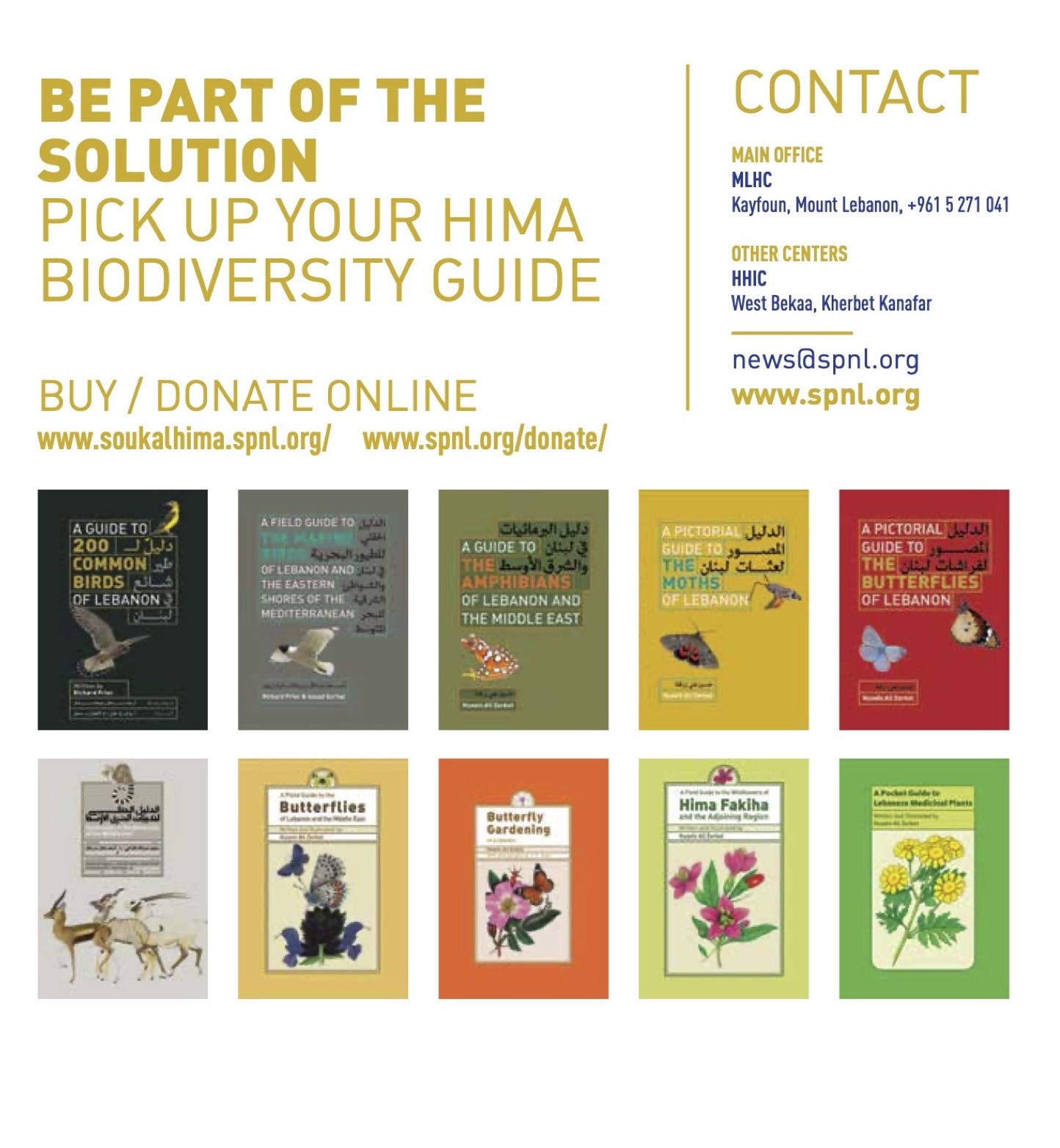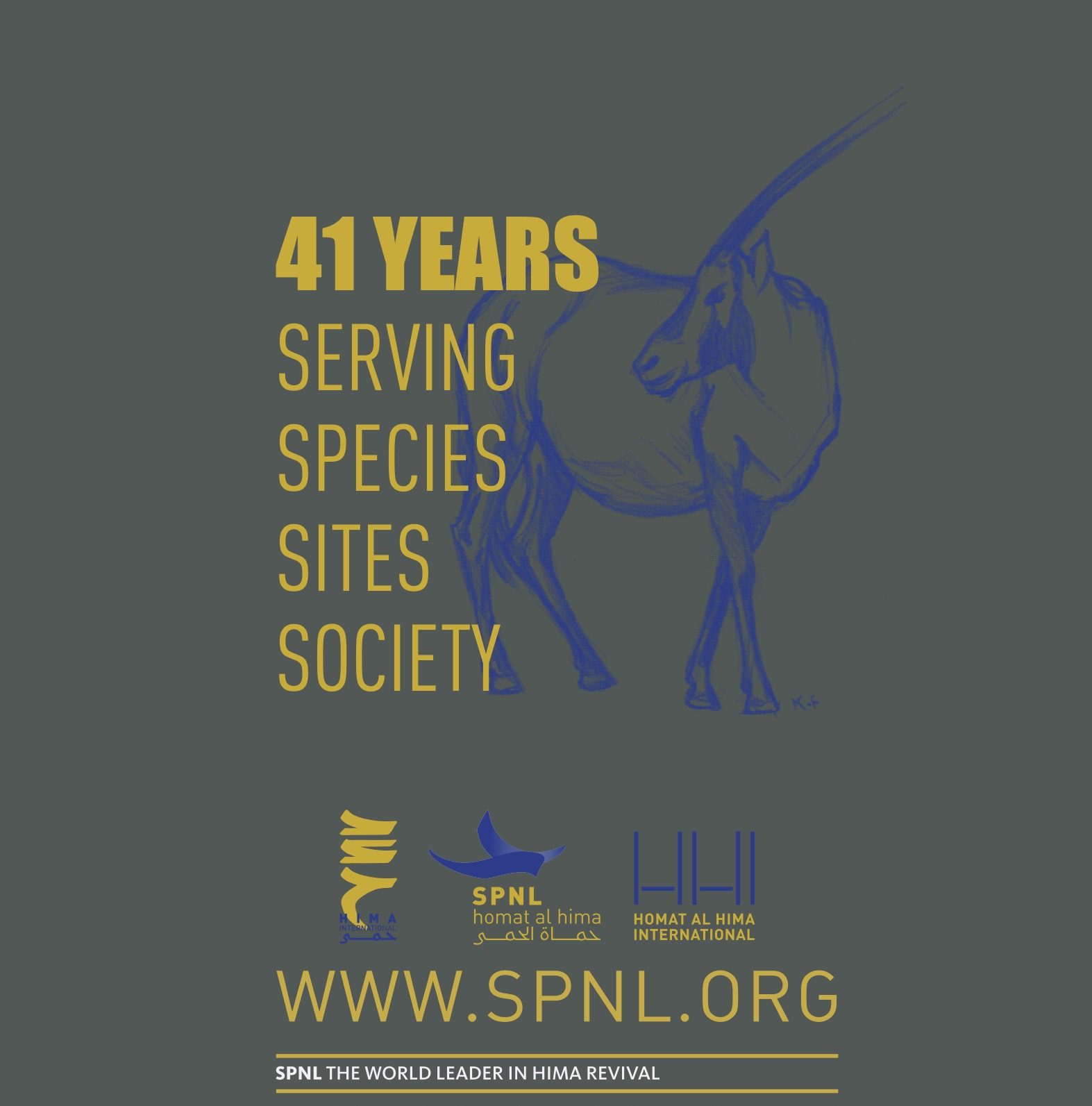Professor Architect Maria Gabriella Trovato with her students at the Architect and Landscape Department in the American University of Beirut (AUB) visited Shemlan village – Kaza Aley.
The main purpose of the visit was to assess and analyze the Landscape of Shemlan, especially after announcing the neighboring village Kayfoun as a Hima and initiating ecotourism trails between the two villages.
15 Landscape students had the chance to talk with the mayor, Mr. Issam Hitti and collect background information on the village, get familiar with its historical, cultural, and natural heritage, and visit its landmarks.
Professor Architect Maria Gabriella Trovato with her students visited also Hima Kayfoun. The main purpose of the visit was to assess and analyze the Landscape of the village, whereby the 22 Landscape students had the chance to talk with the mayor, Mr. Ali Dagher and collect background information on the village, get familiar with Kayfoun historical, cultural, and natural heritage, and visit the proposed Mount Lebanon Hima Center, community park, and other important spots like Al Hosn Castle and one of the communal lands.





Shemlan is a small village in Aley district, Mount Lebanon that overlooks the beautiful city of Beirut and its Mediterranean coast. It is located only 25 Km away from Beirut with an altitude of 700 meters above sea level.
Shemlan was first mentioned in history books as early as the 12th century. More recent, Shemlan as being a land owned by Chehab Family. In 1828, a part of this land was donated to the Antonine Monastery by Prince Haidar Chehab.

















